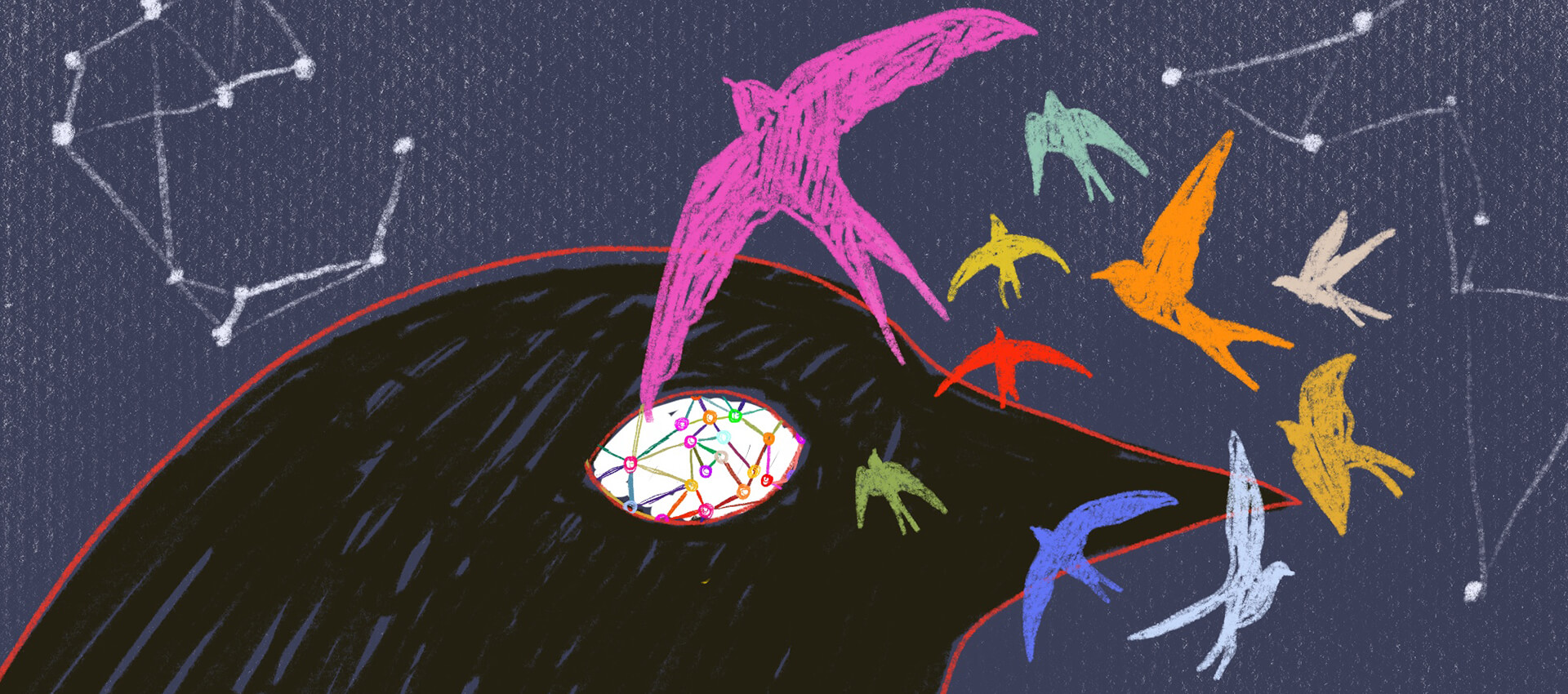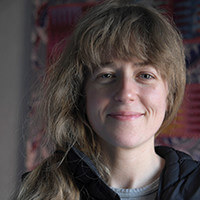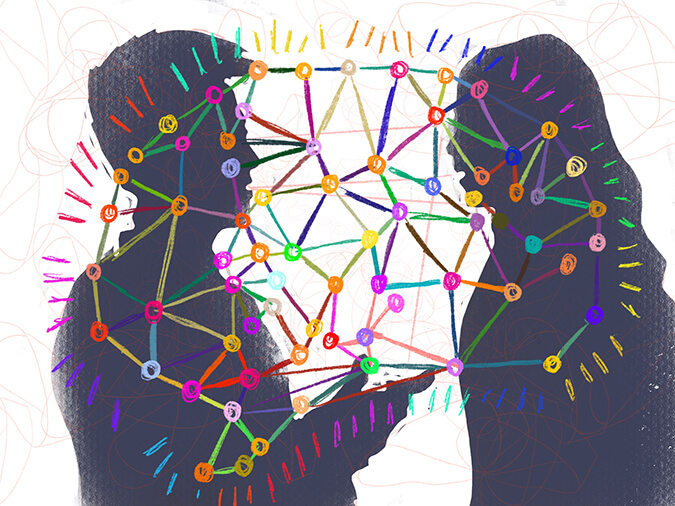
From our origins, human consciousness has both inspired our dreams and plagued our minds. With the advent of anesthesia, a new wave of interest in what makes a person conscious vs unconscious spread among scientists, doctors and philosophers alike.
Thanks to inquiring minds and advances in technology, people are a bit closer in describing what is happening in the human brain when one is conscious. In an episode of Radiolab called Decoding the Void, the hosts interviewed scientists on their latest discovery. By hooking people up to monitoring devices, scientists could track electrical activity in people’s brains as they were being put under anesthesia.
What they saw surprised them. They thought consciousness would arise from synchronicity, a balanced order of activity. But Producer Tim Howard said that anaesthesia creates an electrical signal that ushers in “a deadly order” that takes over the brain. When a person is under anaesthesia, the parts of the brain are still working but suddenly not communicating with each other. It’s like putting the different parts of the brain in separate soundproof rooms and locking the doors. In contrast, he says consciousness is actually “chaotic and noisy” arising from “all those different parts of the brain... engaged in this crazy complicated multi-layered conversation.”
As the scientist Carl Zimmer said, “When you are awake, you have a lot of connectivity. When you are dreaming, you have a lot of connectivity. If someone gives you anesthesia, your connectivity just collapses.”1
If connectivity creates consciousness in an individual’s mind, then it also creates a consciousness — an awareness — that you can see and feel in a community. This is clearly evident in a community that practices Self-Directed Education (SDE). In SDE schools, programs, and spaces, there is no deadly order that separates the different parts. All the elements, each student, teacher, facilitator, and other participants are not only busy executing their goals, needs, and passions, but they are in constant communication with everyone else. You can feel the energy of these places, and the energy is dynamic, flowing, alive.
Walk into a Self-Directed Education community, whether it be an afternoon at the Village Free School in Portland, OR, or Agile Learning Center in New York, NY, and you can feel that energy. That energy is the connectivity in the community. Whether in direct one-on-one conversation, simply aware of each other’s presence, or working in tandem, the community is connecting and therefore conscious. It is not only because their natural instinct to socially connect is supported, but also that there are intentional processes in place to increase each other’s connection to one another.
These processes include play, whole school meetings, holding space for collaboration, students and teachers co-creating curriculum, and conflict resolution practices. In these processes, everyone’s connections increase. These strong connections and thus awareness are evident in the level of caring expressed in the relationships, the amount of activity throughout the day, and the ability to describe the goals and purposes of their school. And being aware and making connections exists not just on the scale of community but also within individuals.
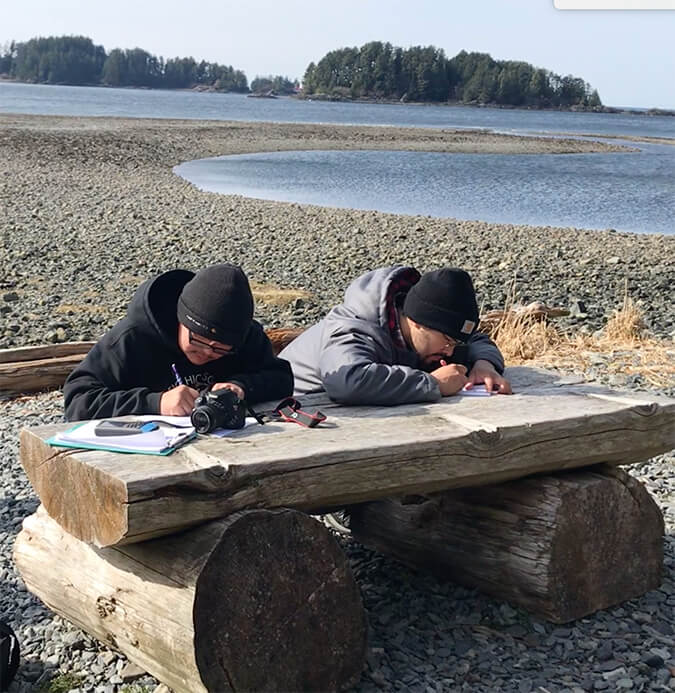
In Self-Directed Education communities, individual members practice self-awareness. Members are aware of their own needs, their own pain and their own goals. You see this self-awareness modeled by teachers, facilitators, staff and volunteers, and how students learn from that modeling. In SDE communities, students are not only free and supported to pursue their diverse passions and interests, they are supported in communicating their feelings. Furthermore, they can eat when they are hungry, drink water when they’re thirsty, and go to the bathroom when they need to. This is one of the many things that makes SDE communities different from conventional models. Young people are encouraged to listen to their bodies, feelings, and thoughts, instead of ignore them.
When visiting the Village Free School, I sat down with some students who shared these thoughts when I asked why it was important to be able to eat when you need to or use the bathroom when you need to...
Student 1: Because it’s not taking care of your body! You know, its not taking care of your body if you can’t eat when you want to, it’s not taking care of your body if you have to go the bathroom and you just sit there wait.
Student 2: If you are very hungry or very thirsty and people say you can’t eat food, or get a drink that is just very unhealthy. That’s just like....like...
Student 1: It’s just rude.
It feels rude because it is disrespectful. If you are encouraged to ignore your body, it’s more difficult to discern or respect what you really need and want. Strict schedules, getting permission to use the bathroom, dress codes, and rushed eating schedules can have these negative effects on all people. It may sound trivial to talk about lunch schedules and dress codes, but having choice over when you eat and what you wear are issues of bodily autonomy. If you are encouraged to listen or connect to your body, you will understand pleasure, health, and boundaries in a deeply individualized way. A self-aware individual can have a larger capacity to be aware of others in their community, just as a community that values awareness of each other will help support an individuals’ own self-awareness.
The idea of the small things creating the big things, and the big things creating the small, is described by adrienne maree brown as fractalism in her book Emergent Strategy. She writes,
fractals are infinitely complex patterns that are self-similar across different scales....how we are at the small scale is how we are at the large scale. The patterns of the universe repeat at scale. There is a structural echo that suggests two things; one, that there are shapes and patterns fundamental to our universe, and two, that what we practice at a small scale reverberates to the largest scale.
It isn’t a coincidence that our brain structure which produces consciousness is how groups and societies can be structured as well. Our brain is built from and for a primal pattern of connections. This pattern radiates back and forth, starting with the small synapses in our brain, pulsating out towards our self-reflection and relationships, and returning to our brains. Scientists have observed that brain structure shapes our perspectives and relationships, and our relationships and experiences can shape our brain structure.
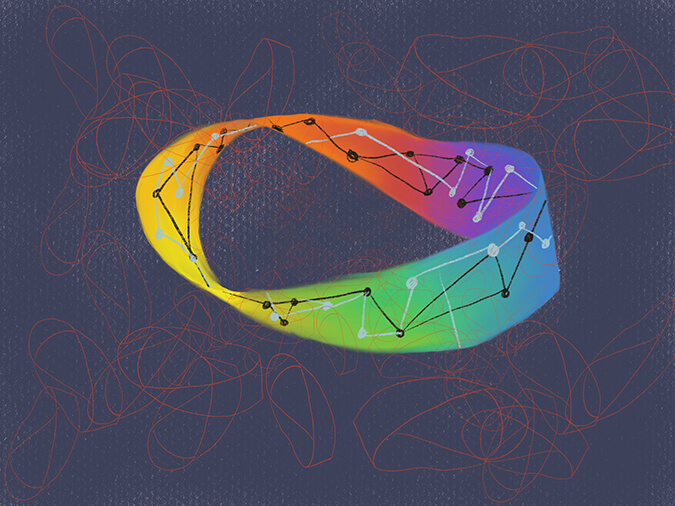
Andy Smallman, the founder of the Puget Sound Community School, understood this concept when he chose the mobius strip to represent the school. When describing the relationship between self-awareness and community awareness, Smallman says they are intertwined, one turns into the other.
This co-consciousness or dual awareness of the individual and the community can reach out to the wider world, acting on an even larger scale. Conscious people and communities seek to understand how they are connected to other people, to other communities, and to other times and worlds. This empathy is demonstrated in student’s interest in learning about the history of a particular culture, student’s drive to volunteer for mutual aid organizations, or a school’s collective decision to pursue social justice practices. Students and staff at many SDE communities understand that, as the director of the Brooklyn Free School Noleca Radway states, “our freedoms are interconnected.”
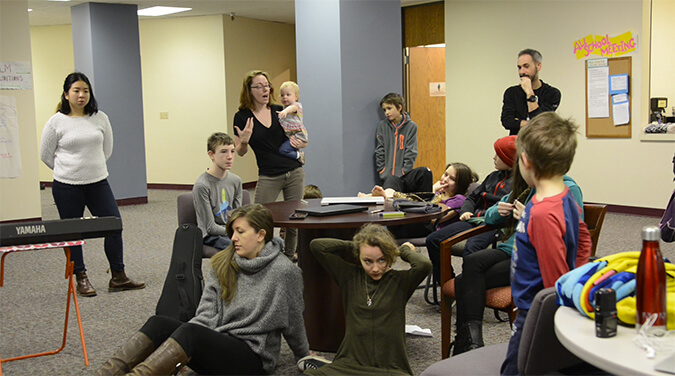
Many of these schools and programs vigorously examine systems of oppression. This examination is a step in dismantling these systems, systems that prohibit or destroy connections. This examination also helps people create alternative ones. Self-Directed Education communities, in their myriad of forms, are examples of alternative systems.
Alternative systems tend to move away from rigid hierarchy, age segregation, top down standardization, and punitive justice. These practices can be a kind of “deadly order” that separate people. Instead, alternative systems, like SDE communities, tend to gravitate towards values and practices that create a kind of “crazy complicated multi-layered conversation” that build aware, resilient, and living communities.
I work in a conventional school system, not an alternative one. But observing students between classes, I see students’ faces brighten and I hear buzzing conversations. Those five to six minutes of passing time can look chaotic. But passing time becomes a place where student’s needs and social desires are given time and space. Here, as well as other spaces where people’s choices and autonomy are supported, connectivity thrives. Because it’s built into our DNA, we want to create connections by increasing our awareness of ourselves, of our environment, and of others. Self-Directed Education communities support the natural ways our brains and our bodies want to live — creating and being in connection.
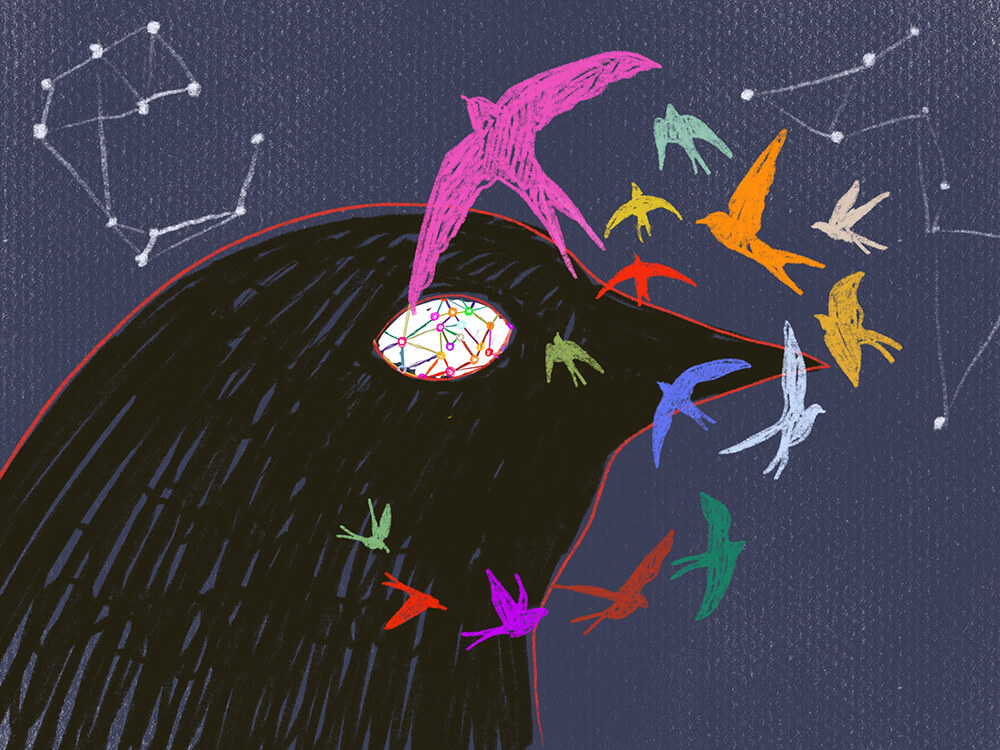
[1] Zimmer, Carl. “Could a Dose of Ether Contain the Secret to Consciousness?” Discover. http://cdn.media.discovermagazine.com/2009/apr/16-could-dose-ether-contain-secret-consciousness. Accessed August 18, 2019.
If you enjoyed this article and feel called to give back to ASDE, here are ways you can support our work:
- Donate money
- Share our content with others! Click one of the buttons above to easily share on Twitter, Facebook, or email.
- Consider becoming a Contributor for Tipping Points
Tipping Points Magazine amplifies the diverse voices within the Self-Directed Education movement. The views expressed in our content belong solely to the author(s). The Alliance for Self-Directed Education disclaims responsibility for any interpretation or application of the information provided. Engage in dialogue by reaching out to the author(s) directly.


